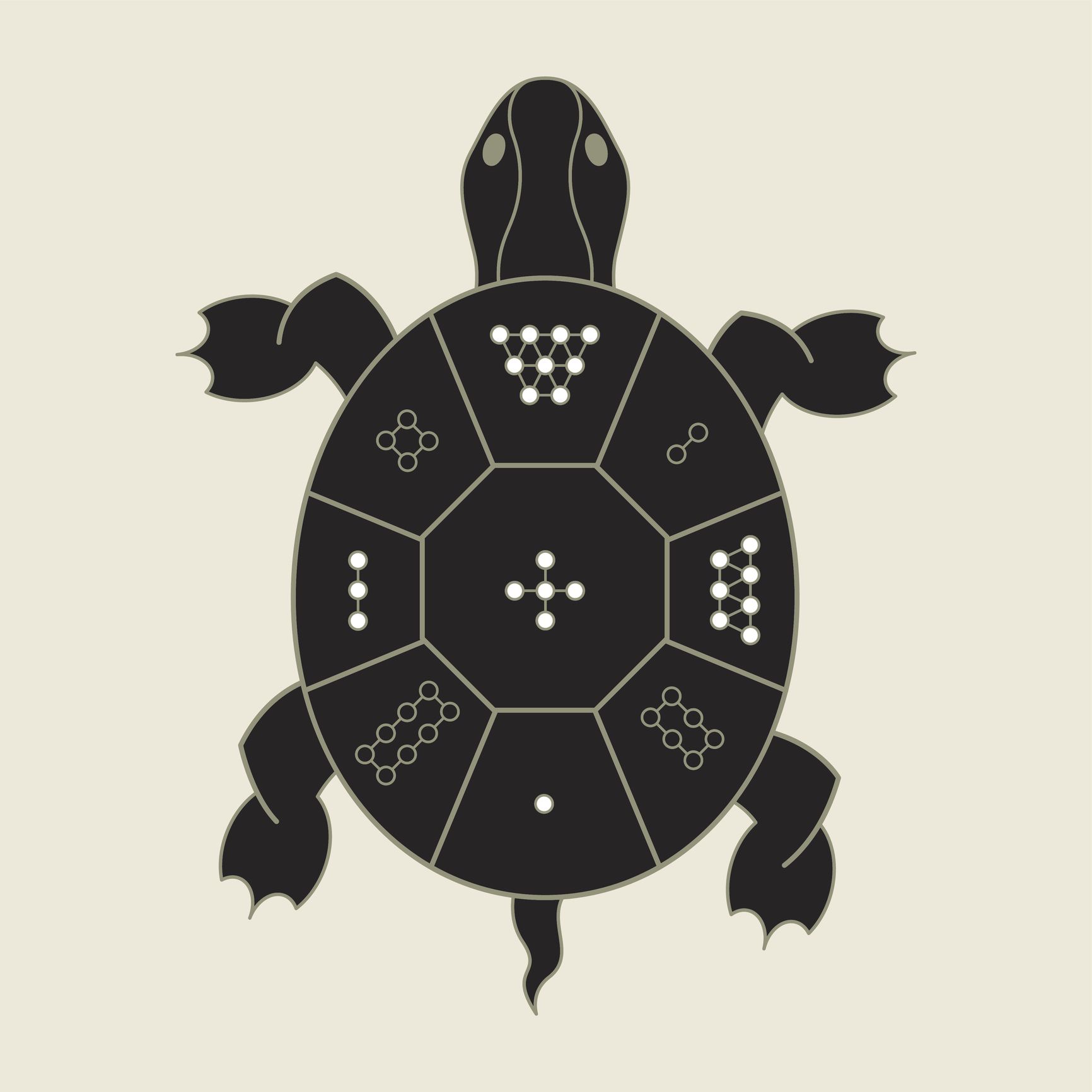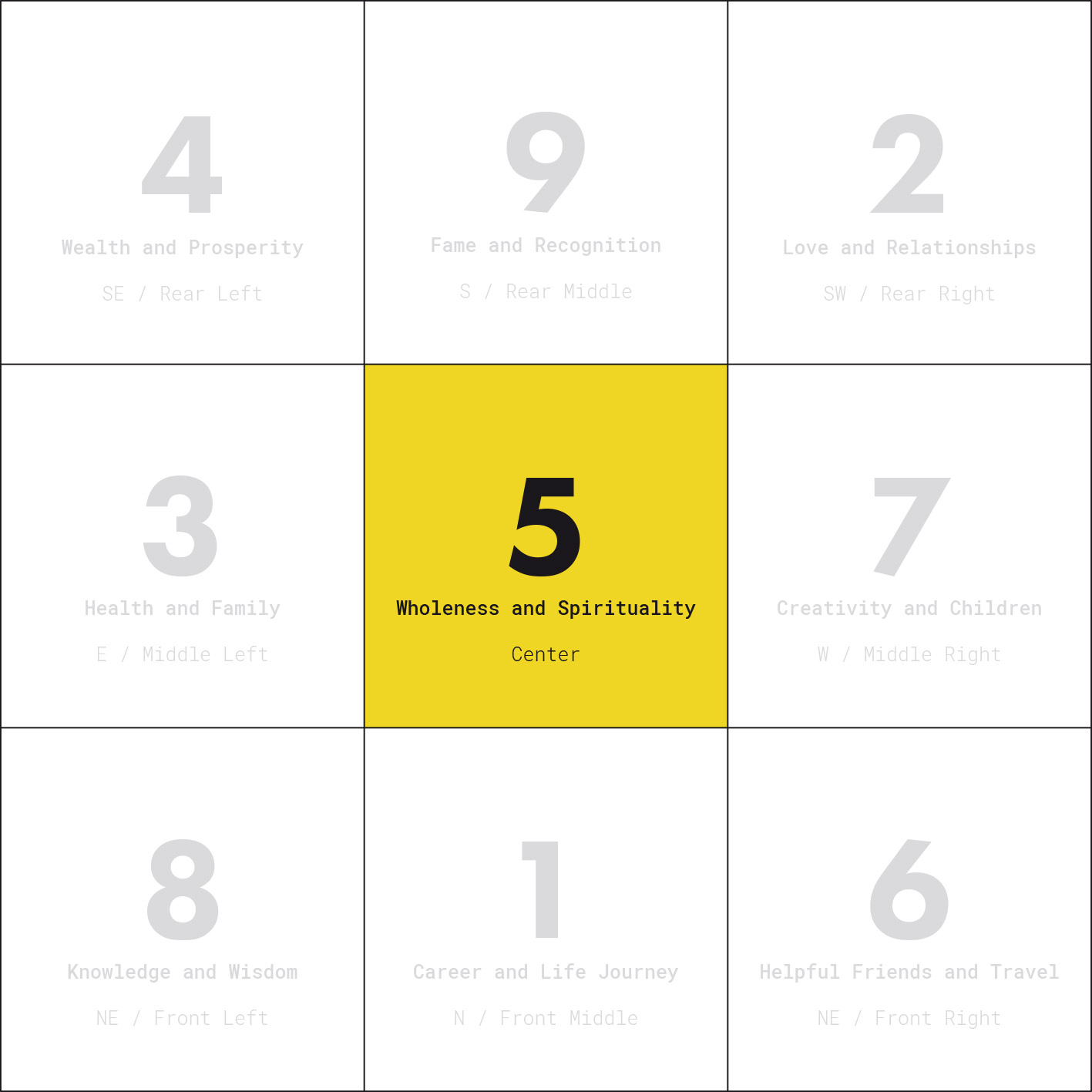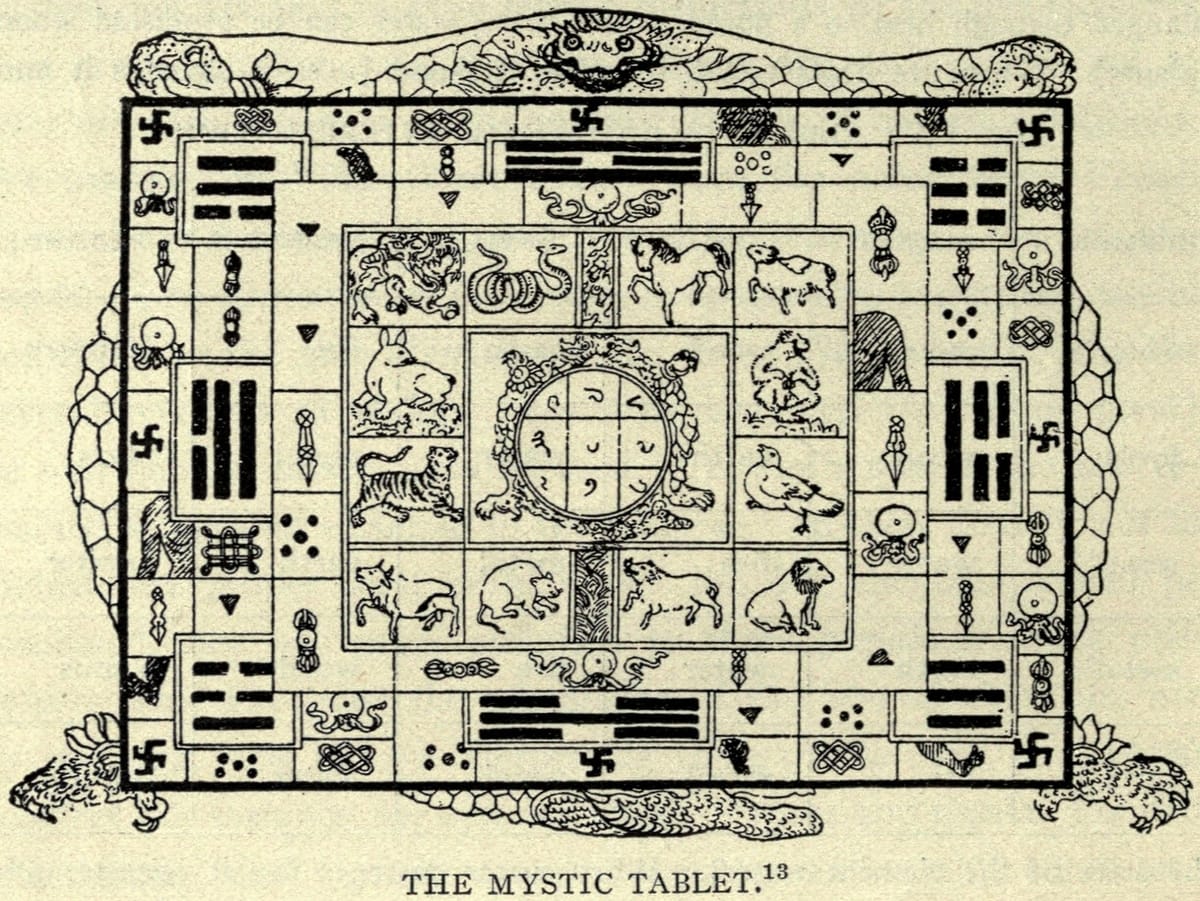Lo Shu Square (洛书) is part of the legacy of ancient Chinese mathematical and divinatory (cf. the I Ching 易經) traditions, and is an important emblem in Feng Shui (風水), the art of geomancy concerned with the placement of objects in relation to the flow of qi (氣)




Related: Carl Jung called the framework behind his Archetypes a Quaternion, a 4×4-square that contains complementary (“dual“) concepts (Senses/Facts vs Imagination), (Object/Unity) vs/Subject (Social). Complementary concepts share the void when they are united. They are often called a Paradox. The Quaternion has a lot in common with the Chinese Lo Shu Magic square which is the “generator” of the ancient Chinese Cyclic Models. The Lo-Shu was given to the mythical Emperor Yu before the great Deluge when he was sitting at the Yellow River. The Lo Shu Magic Square was an important model for time and space and served as a basis for city planning, tomb design, and temple design. The Magic Square was used to designate spaces of political and religious importance. (via)
Related: About the Chinese Domino Game and the Magic Square of Lo Shu